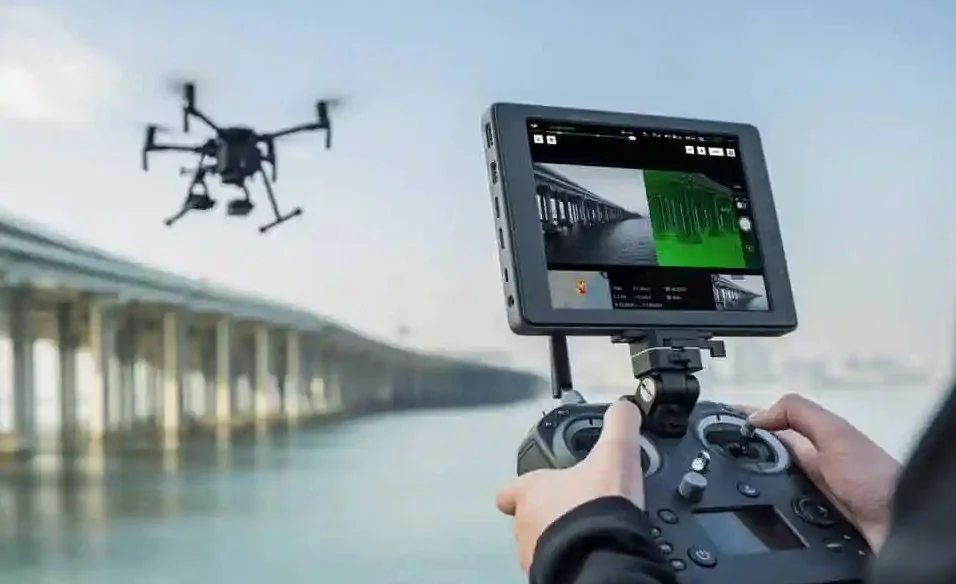Drones and Robots Ready to Help Maintain America’s Infrastructure
/It’s no secret that America’s infrastructure is in need of maintenance, repair, and investment. That was part of the Biden Administration’s Build Back Better bill last year. The American Society of Civil Engineers currently gives U.S. infrastructure a C- rating. Passing, but not great.
The Wall Street Journal recently reported on the impact of corrosion: “Over the past 50 years, a number of studies of the direct costs of corrosion have been conducted. The most recent was in 2013, but these studies always come up with the same figure—between 3% and 4% of GDP. Other studies have estimated that, when you add in indirect costs, the total is roughly double that. Globally, that means corrosion is costing humanity trillions of dollars a year.”
Wear and tear is expensive, and so is inspecting for it and fixing it. While the private sector has invested heavily in streamlining inspection and maintenance activities for their infrastructure, the public sector remains stubbornly manual.
Advances made in public sector inspection technology would translate swimmingly (sometimes literally, with undersea drones) to inspecting—and, possibly more importantly, maintaining—America’s aging infrastructure.
Industrial facilities, especially those in the energy sector, are using drones, robots, advanced sensors, computer vision, and artificial intelligence (AI) to figure out what needs to be fixed before it breaks. Predictive maintenance has become an industry all its own, and what works for private companies is teed up and ready for use in public infrastructure.
Here are some of the companies bringing drone programs to life:
From the drone life
Gecko Robotics - Uses magnetic wall-climbing robots to inspect things like steel tanks for corrosion and cracking without having to shut down operations.
Skydio - Works with enterprises to build drone inspection programs for power lines, factories, and more using drones, cameras, sensors, and machine learning.
VideoRay - Develops underwater drones that can be transported and used by one person (compared to full crews and cranes) to inspect underwater assets for wear and tear.
Anybotics - Known for the four-legged robots that can go just about anywhere and be equipped with imaging and sensing equipment for many types of inspection.
Invert Robotics - Created a robot the size of a briefcase that can stick to and crawl around surfaces to inspect for corrosion and contamination.
Greensea - Uses underwater robots to scrub the bottom of ships to prevent buildup, which usually requires divers or even dry docking to remove.
The U.S. has a lot of infrastructure to rebuild—there’s no doubt about that. But drones and robots are ready to help from the architecture, engineering, and construction (AEC) process all the way to inspection, maintenance, and repair.




